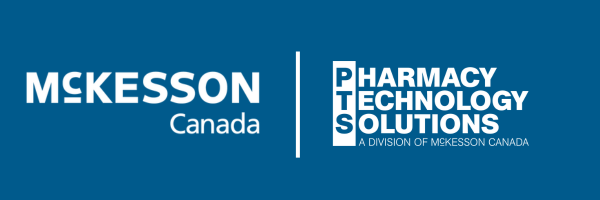Expect the Unexpected - PTS

WRITTEN BY SHERI-LYN SCHOCK | DIRECTOR, MARKETING
|
Banks, law firms, manufacturers, and technology companies. One thing they all have in common is well-defined business continuity plans. Plans that ensure the organization can quickly bounce back or better yet, be unfazed, in the face of disaster.
Unplanned interruptions take many forms.Business continuity is about having a plan to manage difficult situations so your pharmacy can continue to support patients with as little disruption as possible. Any event that results in a disruption of business operations falls under business continuity. If the COVID-19 pandemic has taught us anything, it’s that unplanned business disruptions can take many forms. Whether the disruption is caused by a complex public health emergency, a major natural disaster or a commonplace power outage, it can have an impact on whether or not your pharmacy can provide critical healthcare services to the community. Sometimes it’s those minor disruptions that cause significant amounts of damage – consider the havoc wreaked by a broken water line leaking through the ceiling, damaging computer equipment.
Is your pharmacy prepared for the unexpected?The importance of a business continuity plan is often overlooked, particularly when it comes to small and medium-size business. Perhaps the complexity of building a plan is overwhelming, or maybe it’s a case of being aware that a plan is important, but there’s no time or urgency to focus on creating one. Unfortunately, once the need for a business continuity plan becomes urgent, it’s already too late.
40% of small businesses never reopen after a disaster.An alarming statistic that pops up over-and-over in research shows that 40% of small businesses never reopen after a disaster and another 25%, that do reopen, fail within a year. [1] These are businesses without a plan. On the other hand, 96% of businesses with a business continuity plan in place fully recover operations. [2] This statistic is impressive. It tells us that prioritizing a business continuity plan is an investment in the future of the business. Regardless of whether doors are open for business, fixed operational costs continue to be incurred, and revenue streams need to be restored. The faster the business can return to regular operations, the more likely it will recover from the disruptive event.
Business continuity is more than just “keeping the lights on”.Business continuity ensures that your pharmacy’s critical operations are not disrupted. It’s about being proactive: advance planning and preparation gives the organization the capability to continue delivering its essential products and services during a disruptive event. It’s important to plan and prepare not only for events that will stop operations completely, but for those that also have the potential to adversely impact services (like that water leak, for instance). A thorough plan details steps to be taken before, during and after an event to ensure a successful return to regular operations. From an IT perspective, key components of business continuity plans include:
Business continuity matters.Don’t wait until disaster strikes – by then, it’s too late. Invest in the future of your business by building a well-documented business continuity plan to maximize uptime in the face of disruption. PTS provides technology solutions to support your business continuity plans. Book a meeting to discuss options with one of our Sales Team members.
-------------------------------------------- [1] Finlinson, J 2021, Why Disaster Recovery Is No Longer Optional For Today's Businesses, Forbes, accessed 31 January 2022, <https://www.forbes.com/sites/forbestechcouncil/2021/10/12/why-disaster-recovery-is-no-longer-optional-for-todays-businesses/> [2] Rock, T 2020, 23 Disaster Recovery Statistics You Should Know, Invenio IT, accessed 31 January 2022, < https://invenioit.com/continuity/disaster-recovery-statistics/> |

